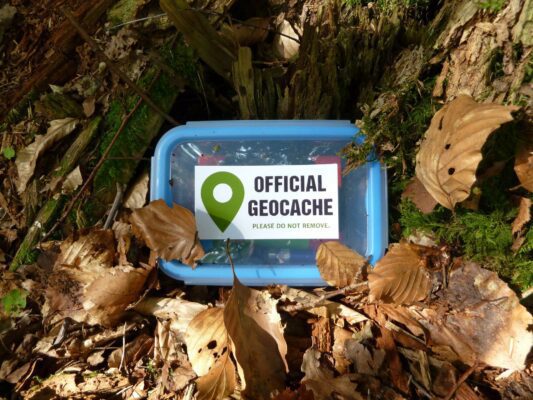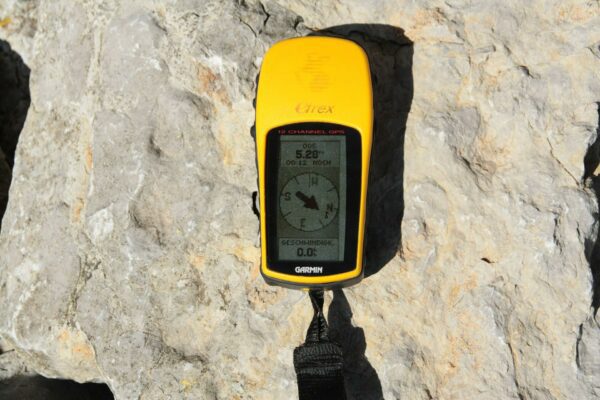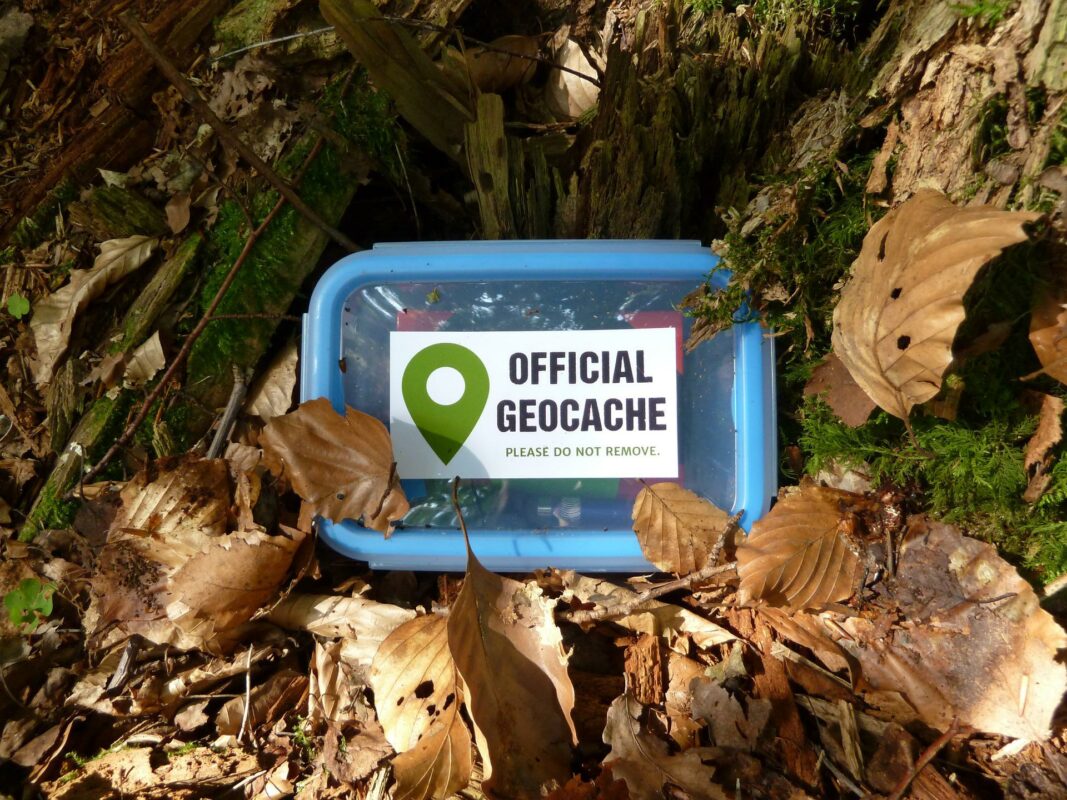A scavenger hunt is a classic game for the whole family, objects are hidden and the correct location can be found using clues. Modern technologies take this game to a new level, the search is supported by digital means. People in Germany and all over the world can go on a treasure hunt together and embark on an adventure.
Meaning of geocaching – treasure hunt with GPS device
The term geocaching is made up of the location-related word “Geo” and the term “cache”, meaning hiding place. The so-called geocaches are hiding places that can be found using the coordinates . This treasure hunt requires the use of modern technology; with the help of the GPS system, the locations of the caches can be determined and found based on the coordinates. A nearby location is selected on the Internet in advance and it shows which geocaches can be found at which location. The goal of geocaching is to find the hiding place in unknown terrain; the cache is usually a container with a logbook. In some caches you will also find a small present, which you can take and leave something for the next finder.

Geocaching procedure
The ideal geocache is solid, waterproof and lockable . The container must protect the contents from the weather; the actual shape of the geocache does not play any role here. In geocaching there are names that indicate the size of the container:
- Nano , a small container that holds less than 10 milliliters and usually only contains a piece of paper, which serves as a logbook .
- Micro / Mini , a small container that holds less than 0.1 liters. In addition to the piece of paper, you can often find a pen here; there is no space for items to be exchanged.
- Small , refers to containers up to one liter, these offer additional space to hide small items next to the logbook .
- Normal describes caches of medium size, between 1 and 20 liters, and barter items are more common here .
- If a cache is described as “ large ”, this means containers over 20 liters; unusual items can also be hidden here for exchange.
The “owner”, i.e. the owner or creator of the cache, specifies the size online when he puts the cache online. This allows searchers to filter specifically on the geocaching platform , and they can also filter based on a specific cache type, popularity or the preferred focus of the geocache. This way the searcher can quickly find out whether there is a geocache nearby . After finding the hiding place, the finder enters it in the logbook and can also note this on the corresponding website; the exchange of items is also recorded here. On the website or in a special app , the searcher can find all the information about the geocache and can also see how often it has already been found. There are a few things to keep in mind when bartering within the geocaches , the most important thing being that no perishable or time-limited items are hidden. If the existing item is removed from the geocache, something equivalent should be deposited. Families with children often go geocaching in nature, which is why swapping objects without youth approval is taboo. So that non-geocachers know what it is if they find something by chance, appropriate descriptions are usually included. A special exchange object in geocaching are trackables; these are taken by geocachers from one place to another and pursue a goal. Some are meant to be placed only in specific locations, travel as far as possible, or to a specific country. These trackables are clearly identifiable through engravings and are usually passed from geocacher to geocacher at events in order to achieve the desired goal . So-called geocoins are special medals in geocaching. They were originally found in the geocache as a gift, but are now considered trophies.
Geocaching with GPS receiver
In order to find a cache using the coordinates , a GPS-enabled device is necessary. To start with, a smartphone with a geocaching app is absolutely sufficient for beginners. With the help of this geocaching app, the geocacher is guided to the selected hiding place; navigation takes place using the cell phone. In addition to your smartphone, you should take a notepad and a pen with you to record information and notes during searches.

Hideaway of geocaches
When choosing hiding places , there are a few basic rules to follow. It is particularly important to take nature and the environment into consideration, especially trees and plants, which is why burying the geocache is not permitted. Most of the time, existing cavities are used as hiding places. Hiding places on the ground are often additionally camouflaged by branches or leaves, and existing caves, cracks in masonry or abandoned buildings often become the place to hide a geocache box.
Geocaches differ not only in size, but also in the level of difficulty of the route, the terrain and the effort required to search; a scale of 1 to 5 is used for this. Geocaches with a high level of difficulty may require additional equipment, for example special equipment for diving or climbing. Calculation or puzzle tasks can also be a prerequisite for finding the cache; you have to solve these first.
Types of Geoaches
In addition to the level of difficulty, a distinction is made between different types of geocaches. A simple geocache , “Traditional Geocache” describes a geocache where the location of the hiding place is already indicated on the website. A multi-level geocache, the so-called “ multi-cache ”, includes different locations where clues to the actual hiding place await. Special puzzle caches, also called “ mystery caches ,” require some preparation and additional research. With a virtual geocache there is no physical find and no logbook; these mostly relate to geological phenomena.



